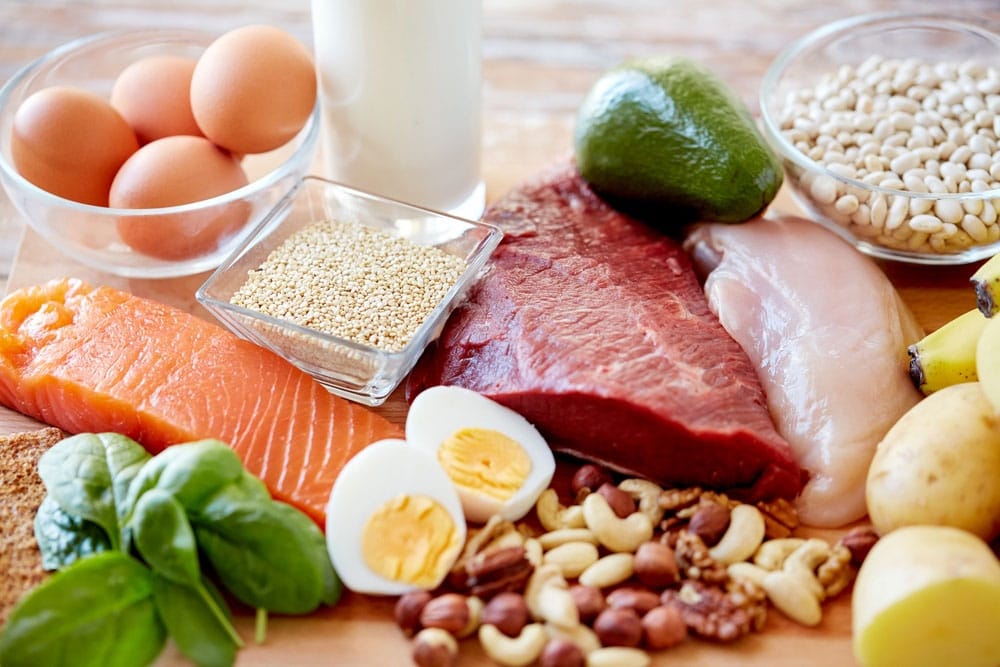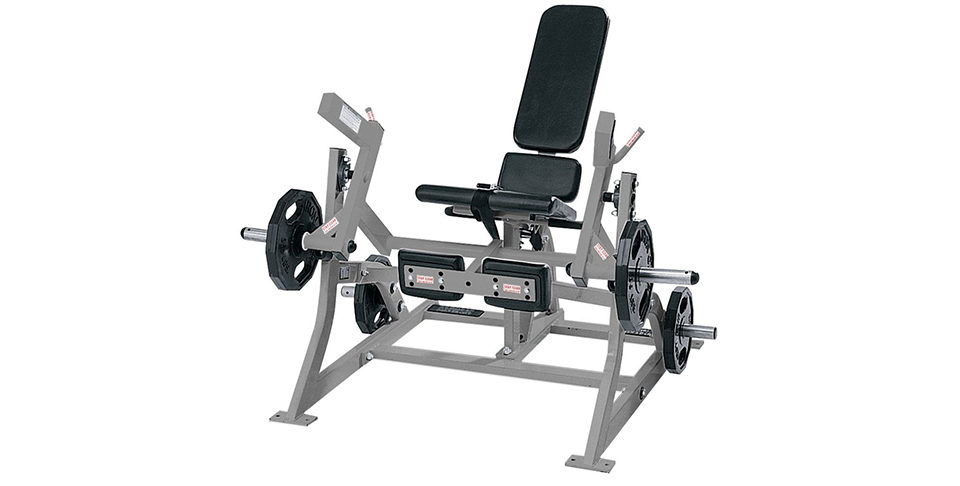
Supplements For Performance, Health And Fitness
Unveiling the Power of Supplements for Performance, Health, and Fitness In the realm of health and fitness, the quest for optimal performance and well-being is a journey paved with dedication, discipline, and knowledge. While maintaining a balanced diet and regular exercise regimen form the cornerstone of a healthy lifestyle, supplements can play a pivotal role in augmenting one’s journey towards peak performance and vitality. Supplements encompass a diverse array of products, ranging from vitamins and minerals to herbal extracts and protein powders. When used judiciously and in conjunction with a healthy lifestyle, these supplements can offer a myriad of benefits, including enhanced physical performance, improved recovery, and overall well-being. Protein powder One of the most widely recognized supplements in the fitness world is protein powder. Whether derived from whey, casein, soy, or plant-based sources like pea or hemp, protein powders provide a convenient and efficient way to increase protein intake, crucial for muscle repair and growth. For individuals looking to optimize muscle mass and recovery, incorporating protein powder into their diet can be immensely beneficial, especially when consumed post-workout. Creatine Creatine is another supplement that has garnered significant attention for its performance-enhancing properties. Found naturally in the body and in foods like meat and fish, creatine plays a key role in energy production during high-intensity exercise. Supplementing with creatine has been shown to increase muscle strength, power, and lean body mass, making it a popular choice among athletes and fitness enthusiasts alike. Branch-chain amino acids Branch-chain amino acids (BCAAs) have emerged as another valuable tool for supporting muscle recovery and reducing exercise-induced fatigue. Comprising three essential amino acids – leucine, isoleucine, and valine – BCAAs can be consumed before, during, or after workouts to promote muscle protein synthesis and mitigate muscle breakdown. Additionally, they may help alleviate muscle soreness and enhance endurance, enabling individuals to push through challenging workouts more effectively. Vitamins and minerals Beyond muscle-centric supplements, vitamins and minerals play a fundamental role in overall health and performance. Nutrient deficiencies can impair various physiological processes, affecting energy levels, immune function, and cognitive performance. Therefore, incorporating a high-quality multivitamin/mineral supplement can help fill in nutritional gaps and support overall well-being. Omega-3 fatty acids Omega-3 fatty acids, commonly found in fish oil supplements, are renowned for their anti-inflammatory properties and cardiovascular benefits. By reducing inflammation and supporting heart health, omega-3s can contribute to improved exercise recovery and endurance, making them a valuable addition to any fitness regimen. Adaptogenic herbs Adaptogenic herbs such as ashwagandha, rhodiola, and ginseng have gained traction for their ability to help the body adapt to stress and promote resilience. Whether combating the physical stress of intense workouts or the mental stress of daily life, adaptogens can support a balanced stress response, thereby enhancing overall health and performance. While supplements can offer numerous benefits, it’s essential to approach their use with caution and discretion. Consulting with a healthcare professional or registered dietitian can help determine individualized supplement needs based on factors such as age, gender, activity level, and existing health conditions. Moreover, supplements should complement, not replace, a balanced diet rich in whole foods. No amount of supplementation can compensate for poor dietary choices or a sedentary lifestyle. Therefore, prioritizing nutrient-dense foods, adequate hydration, regular exercise, and sufficient rest remains paramount for achieving optimal health and fitness. In conclusion Supplements can serve as valuable tools for enhancing performance, supporting health, and optimizing fitness outcomes. From protein powders and creatine to vitamins, minerals, and herbal extracts, the world of supplementation offers a wealth of options to suit diverse needs and goals. By integrating supplements strategically and mindfully into a holistic approach to health and fitness, individuals can unlock their full potential and embark on a journey towards lasting vitality and well-being.










